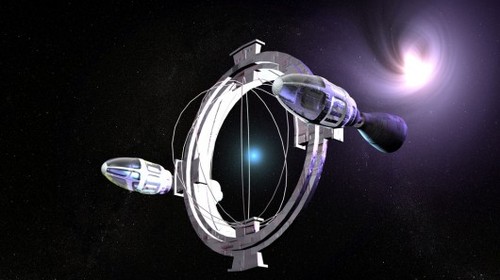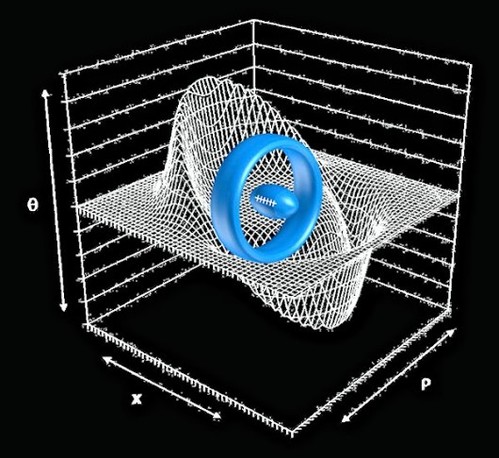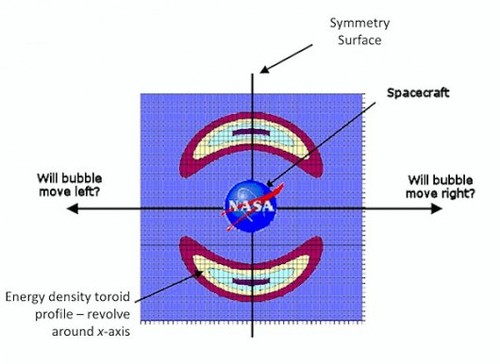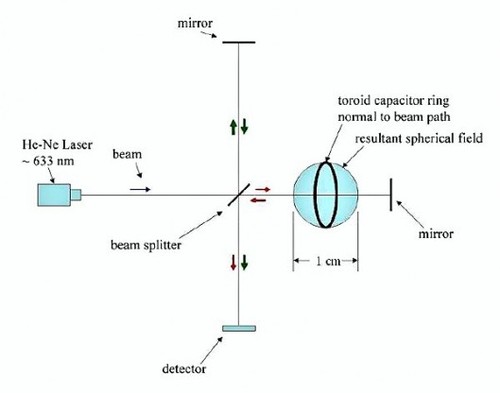NASA Test Rig To Measure Artificially Generated Warping Of Space-time

Long before 1994 the warp drive used to be a wholly fictional concept; until a famous physicist Miguel Alcubierre suggested that faster-than-light (FTL) travel was possible if you remained still on a flat piece of spacetime inside a warp bubble that was made to move at superluminal velocity. Resembles a magic carpet, doesn’t it? The main idea here is that, although no material objects can travel faster than light, there is no known upper speed to the ability of spacetime itself to expand and contract. Fortunately, the elusive “warp drive” now looks more promising than ever in recent NASA studies and a NASA test rig under development to measure artificially generated warping of space-time. Speaking about the warp effect it should be mentioned that it uses gravitational effects to compress the spacetime in front of a spacecraft, than expand the spacetime behind it. The net effect can be compared to that of surfing, where you are nearly stationary with respect to the wave, but are traveling with the speed of the wave. Whereas many of the theoretical studies consider a warp bubble moving at ten times the speed of light, there is no known limit to the potential speed.
The goal of NASA’s new White-Juday Warp Field Interferometer (WFI) is to study how various sorts of physical inputs can actually warp space. The WFI is a conventional interferometer, capable of measuring changes in the various path lengths of as little as a nanometer. In this case, however, the path lengths are not changed by moving the mirrors, but by warping spacetime in the small experimental volume. The apparatus will first be tested to see if warping due to the electric field of an extremely high voltage ring electrode can be detected. If so, an optical signal will result. Once the signal is analyzed, a plot of the amount of warping as a function of position within the charged ring will be generated. No doubt, practical warp drive is still a long way off, but serious efforts to learn more about the possibility are being undertaken now.
Via:gizmag.com
Read more:
– Spaceships & Rockets
– Solar Sail
– Deep-Space Engines (Ion Propulsion Engines)
– Faster Than Light: Warp Drive
– Solar-Powered Laser To Turn Quantum Vacuum Into Antimatter Spacecraft Fuel

| Tweet |














